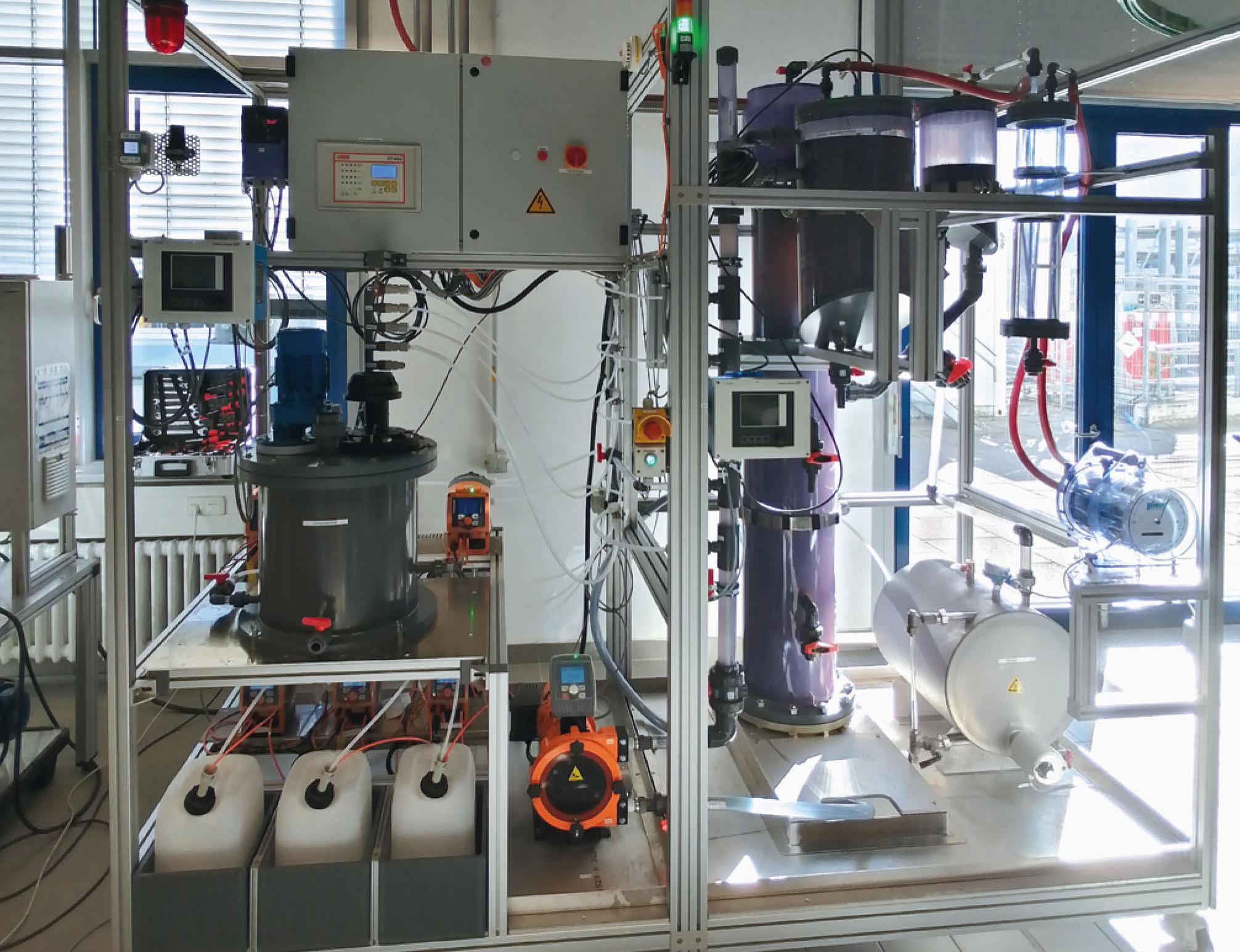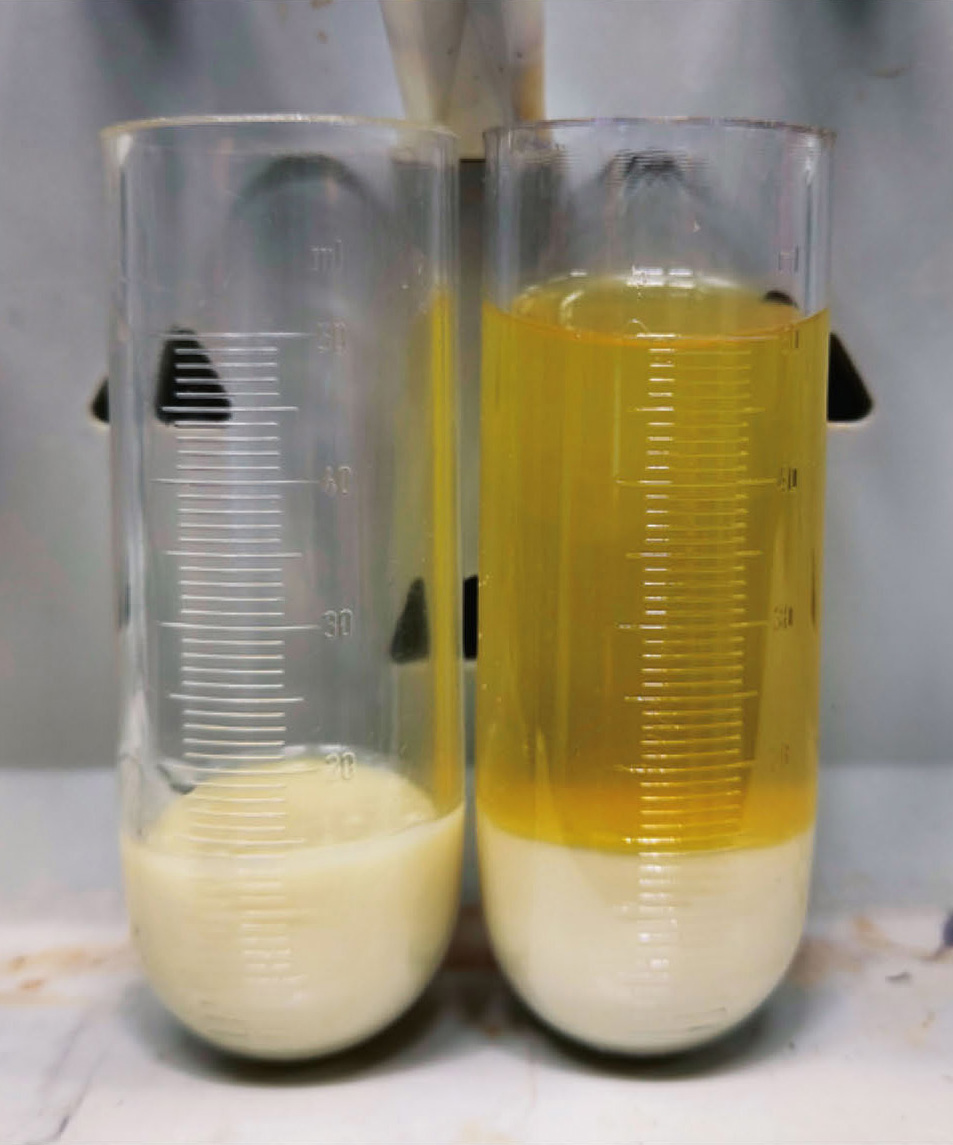
Potentials of energy- and nutrient-rich process water for a circular economy
Current research




In many industrial plants, process water is generated in considerable quantities and with a very wide variety of components. Particularly in food processing but also increasingly in new branches of the bioeconomy, process water streams are contaminated with organic components which can be harmful to the environment. At the same time, these waters hold an untapped potential for energy generation and water reuse. As part of several research and industrial projects, scientists at Fraunhofer IKTS have developed and tested specific process combinations for the treatment and energy harvesting of these waters.
Anaerobic wastewater treatment with biogas production is an important process stage in this regard. Biomass retention, for example in the expanded granular sludge bed reactor (EGSB), is advantageous. High concentrations of salts and nutrients often make material conversion more difficult by inhibiting the microorganisms involved. At the same time, some of these nutrients are valuable substances and should be recovered in the interests of a circular economy.
The IKTS working group “Biomass Conversion and Nutrient Recycling” conducts laboratory and small-scale tests to optimize the biogas production process in a specially developed EGSB test reactor. The test facility is equipped with advanced process monitoring and control, a special reactor design and automatic dosing of auxiliary agents, thus enabling a systematic process development. Parameters achieved so far: conductivity up to 27 mS/cm, sludge load up to 0.4 kg CSB/(kg oTR*d), hydraulic retention time of four days.
In addition to the biological stage, the upstream and downstream treatment stages are also considered and optimized. Here, for example, physical-chemical processes, such as ceramic-based membrane filtration, chemical (precipitation, extraction), thermal (stripping, evaporation) and oxidative processes (photocatalysis, electrolysis), are used to reduce nutrients and contaminants. Individual or multiple components are separated from the liquid phase using practically relevant precipitation and flocculation processes as well as dewatering units.
In addition, both the input and the output flows are analyzed. In parallel to conventional analysis to assess process stability, the concentration of dissolved contaminants and nutrients is also determined. This is the basis for an optimized strategy of nutrient recovery or salt removal. In this way, process waters are depleted in a targeted manner, which causes fewer issues in the fermentation stage or downstream processes (e.g. inhibition of biology or uncontrolled precipitation). Additionally, valuable substances (e.g. phosphorus or nitrogen fertilizer) are extracted, which can be returned to the economic cycle as plant fertilizer, for example. The effect of such products on plants is also being investigated at Fraunhofer IKTS.